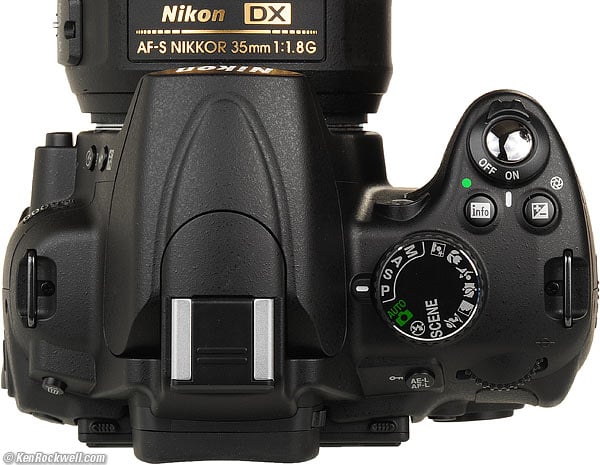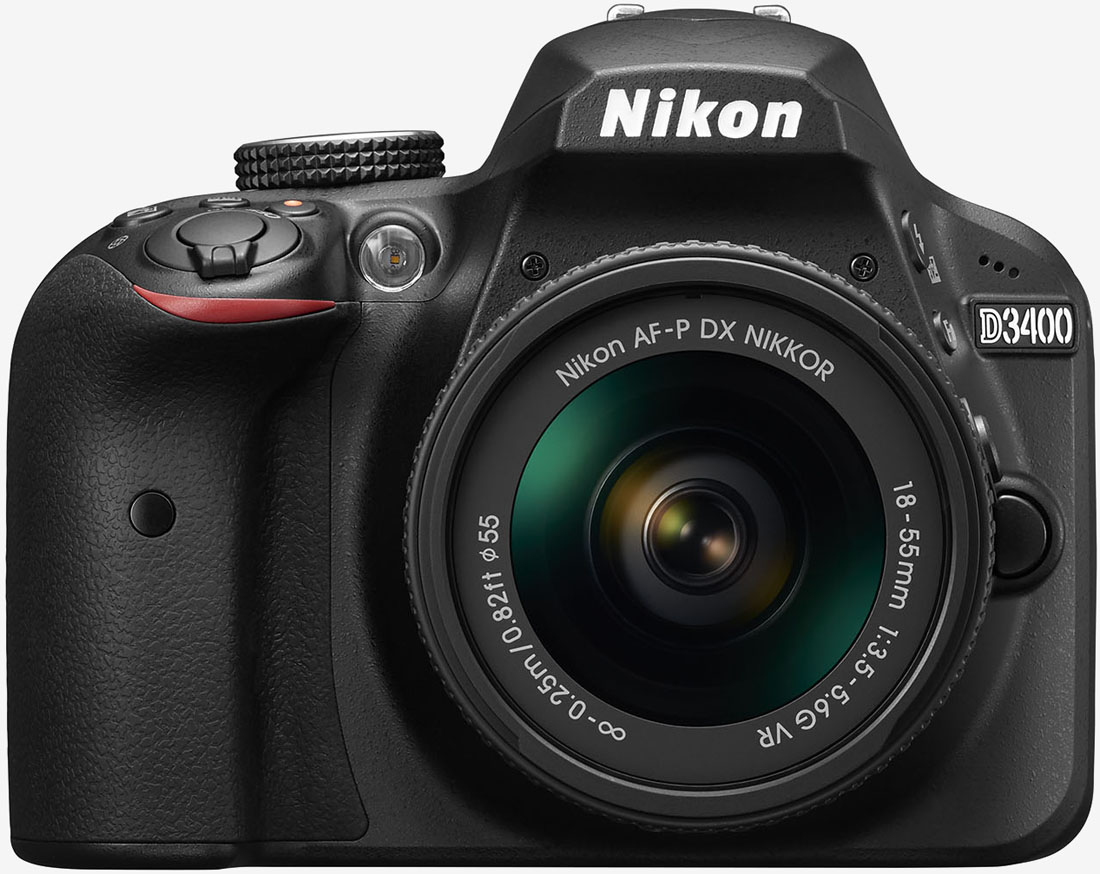
Once you’ve made the decision to move past the smartphone and step up to a real camera, you’ll find that there’s a wealth of options to choose from at a plethora of price points. A great place to start – whether you’re an aspiring photographer or just someone that wants to better preserve the memories that you’ll cherish later in life – is with an entry-level DSLR like Nikon’s new D3400.
As the successor to the D3300 (and the D3200 before it), this budget-minded DSLR features a 24.2-megapixel CMOS sensor sans low-pass filter that employs Nikon’s Expeed 4 image processor. Both are carryovers from the D3300 but there are some tangible changes when you dig a bit deeper.
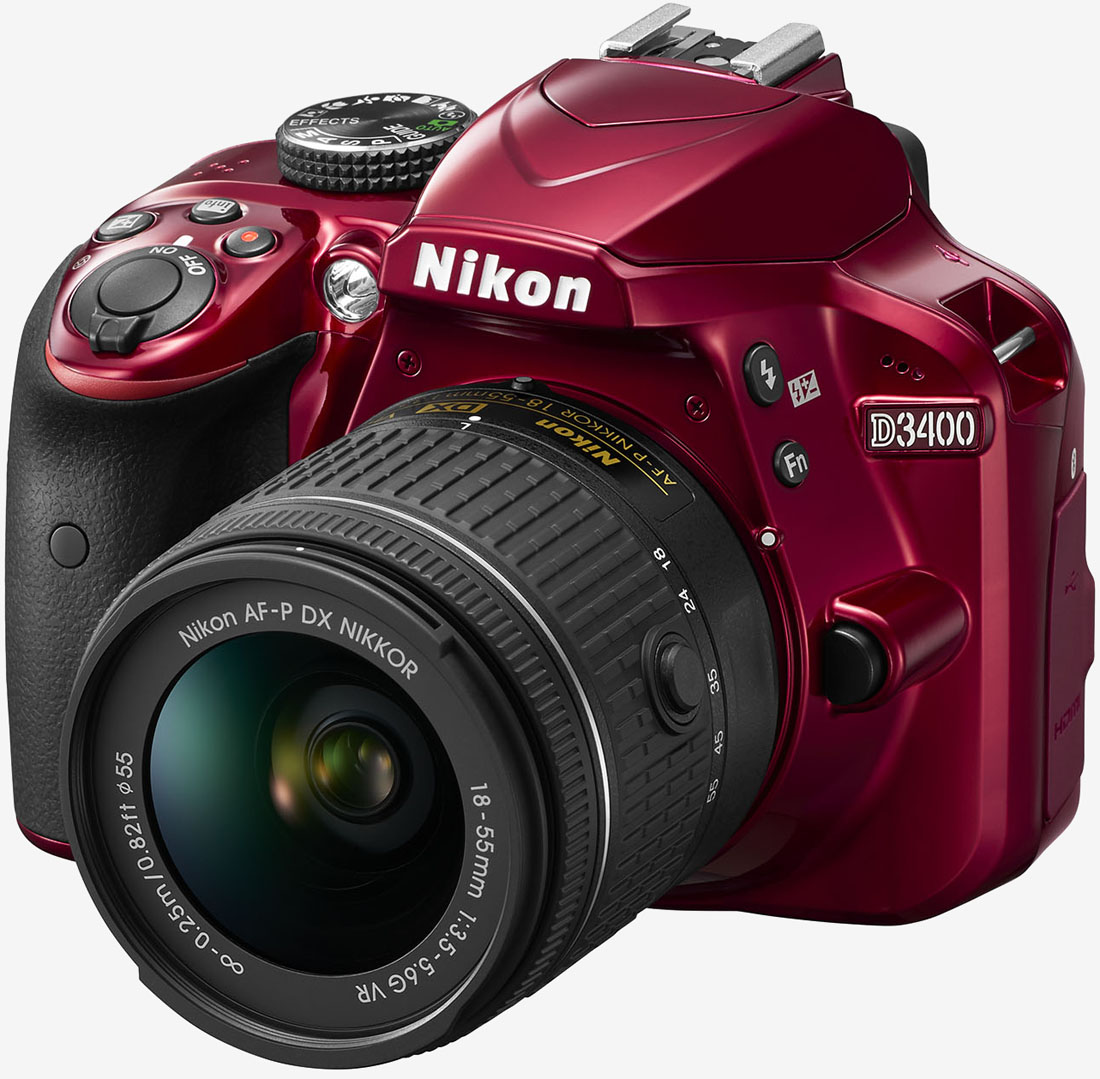
The ISO range, for example, checks in at 100 to 25,600 which is up from 12,800 on the top end and you also get nearly double the battery life. According to Nikon, you can squeeze around 1,200 shots out of the camera before needing to recharge the battery (or swap in another to keep shooting).
Other noteworthy features include an 11-point autofocus system, five frames per second continuous shooting, 1080p video recording at 60 frames per second and SnapBridge connectivity, an always-on low-energy Bluetooth connection that makes transferring images to your smartphone or tablet a breeze. Unfortunately, Wi-Fi isn’t an option although that can be added by using a third-party memory card like those sold by Eye-Fi.
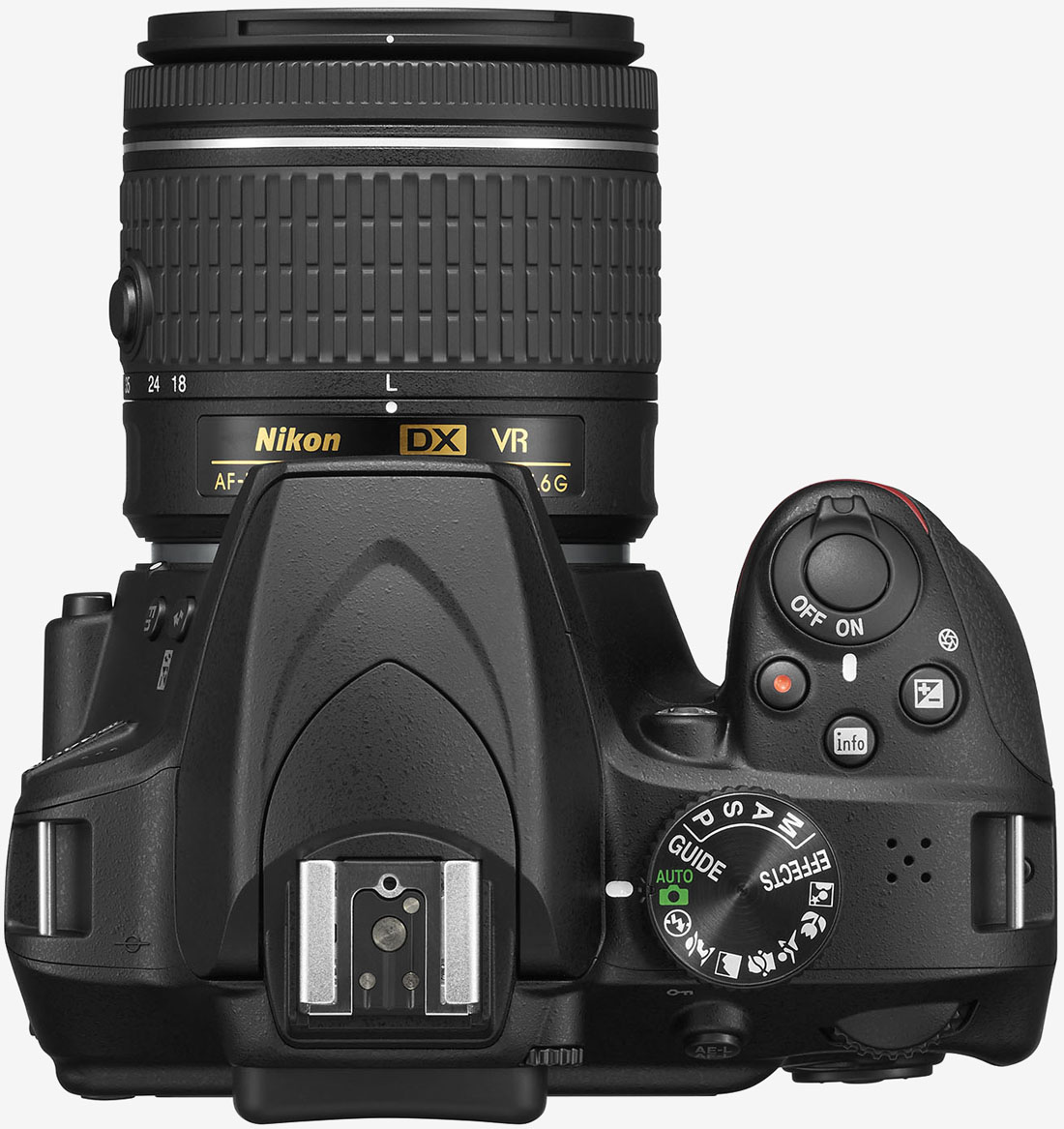
It’s also worth mentioning that the D3400 weighs just 395 grams which is around 15 percent lighter than its predecessor.
The Nikon D3400 will be sold in your choice of black or red color schemes early next month. You can pick it up as a kit with Nikon’s 18-55mm f/3.5-5.6G VR lens for $649.95 or as part of a two lens kit with the aforementioned 18-55mm lens and a 70-300mm f/4.5-6.3 ED (non-VR) lens for $999.95.
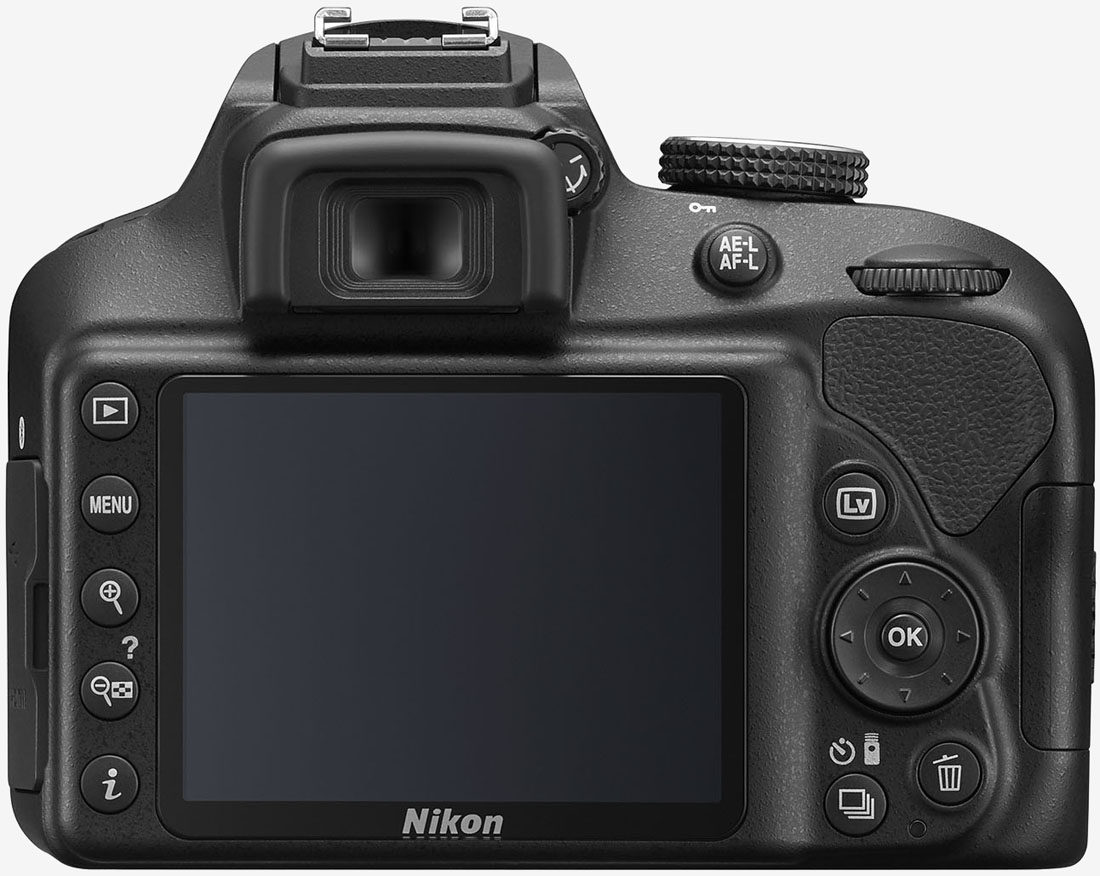
https://www.techspot.com/news/66004-nikon-launches-entry-level-d3400-dslr-beginners.html
